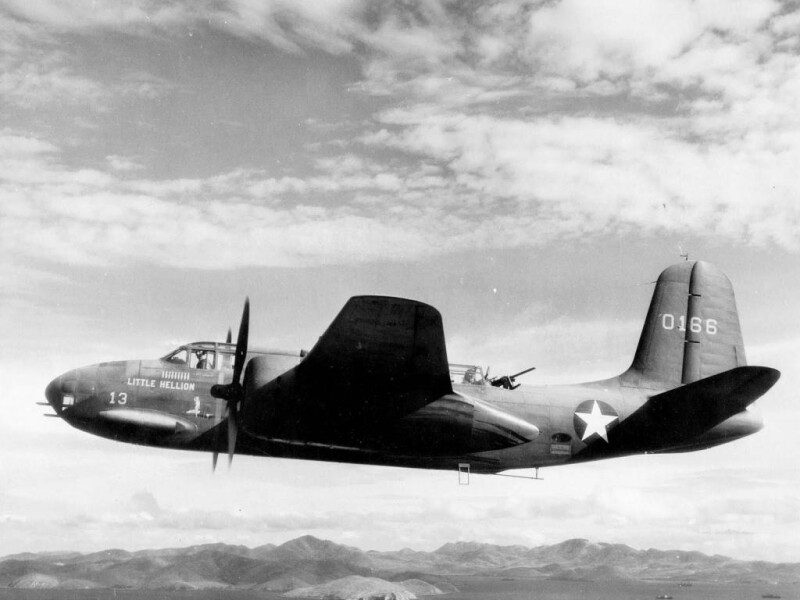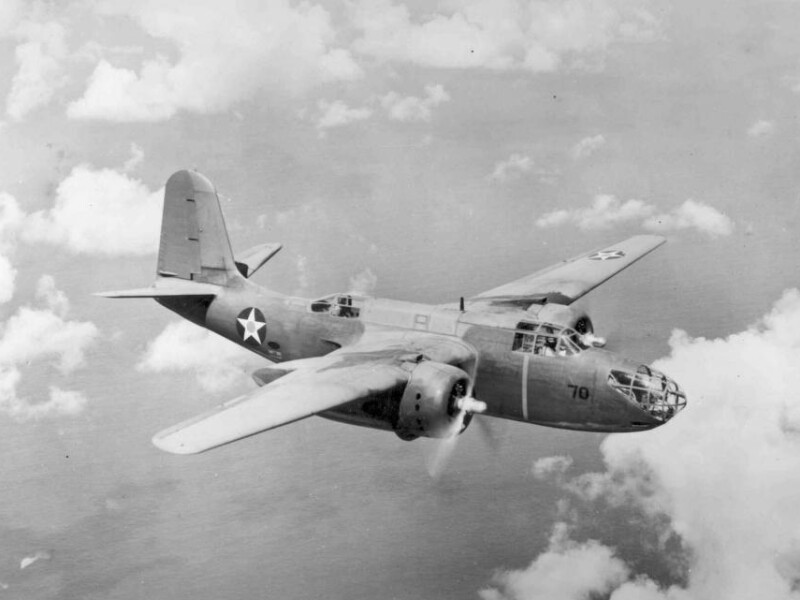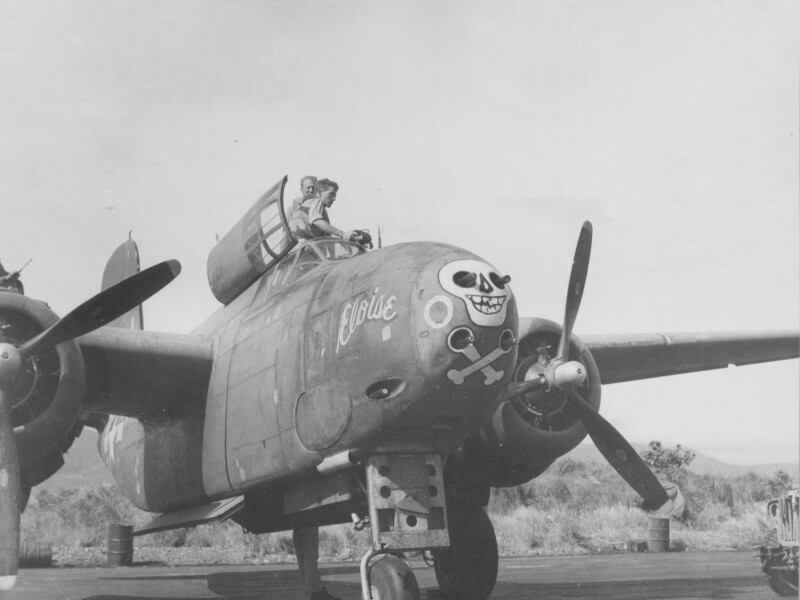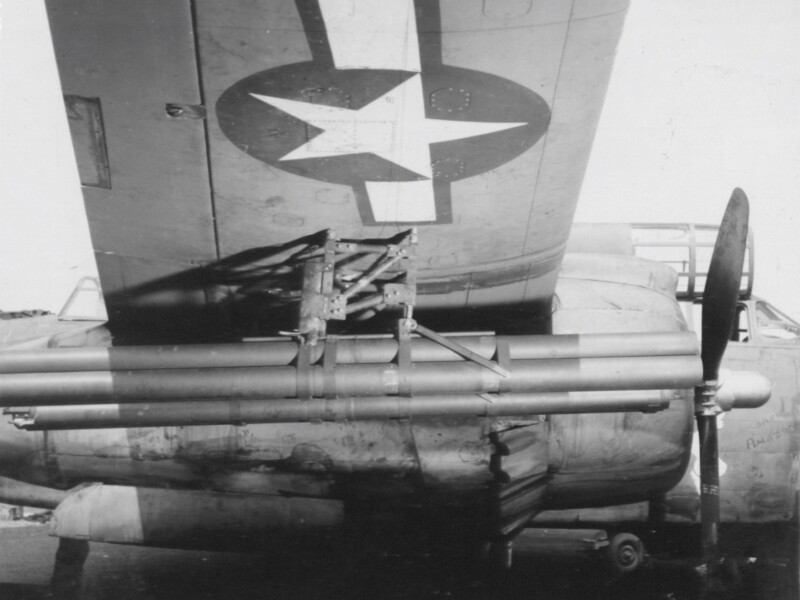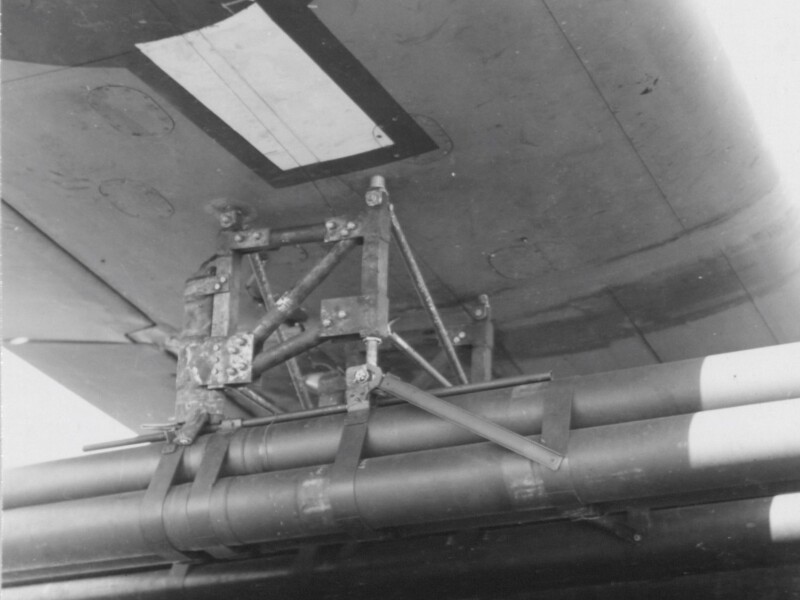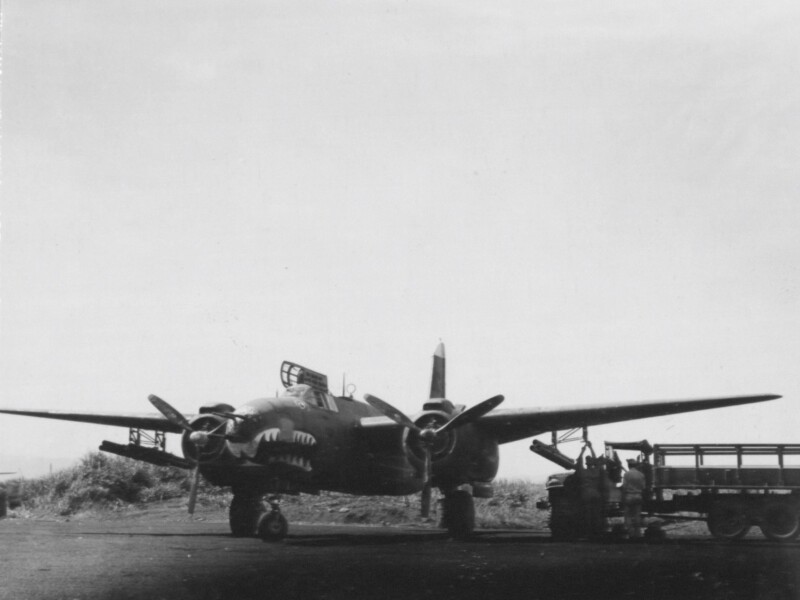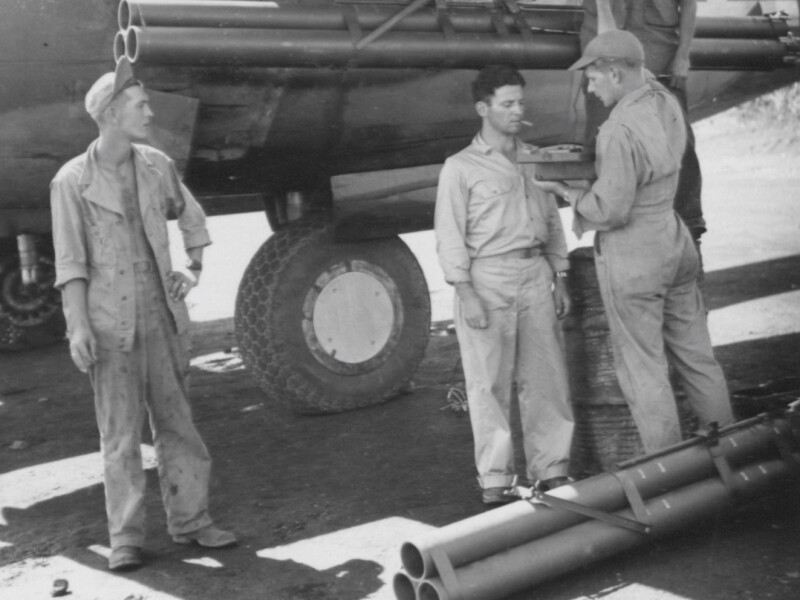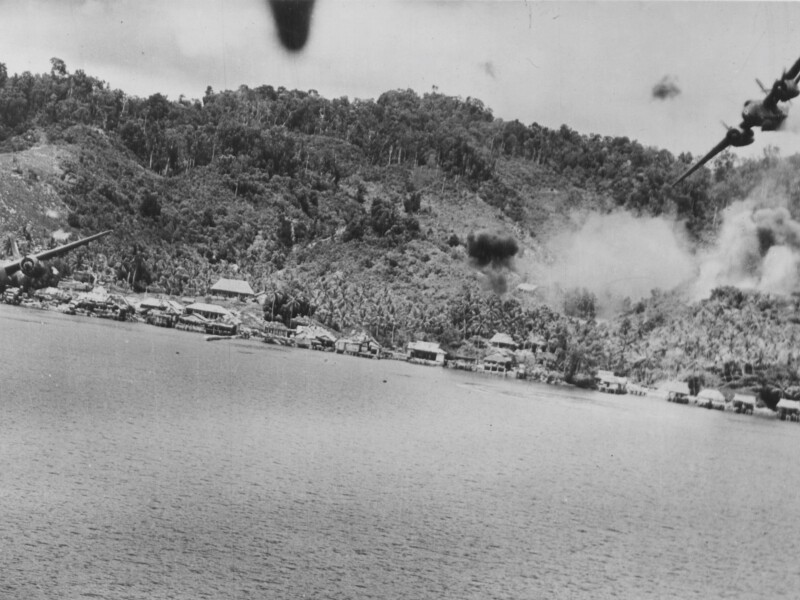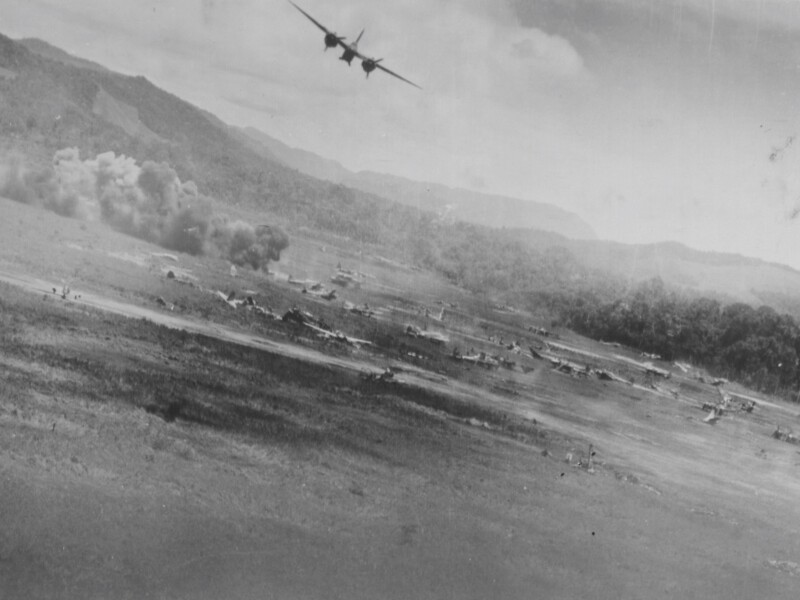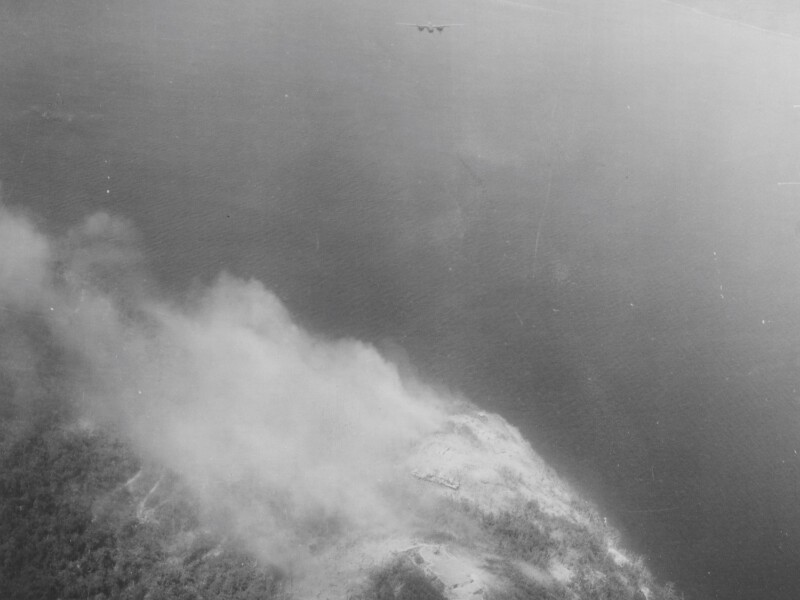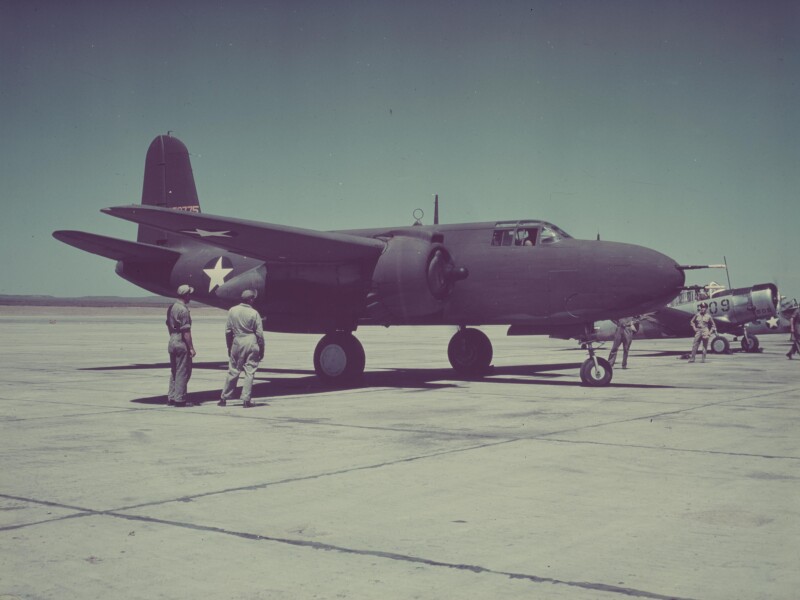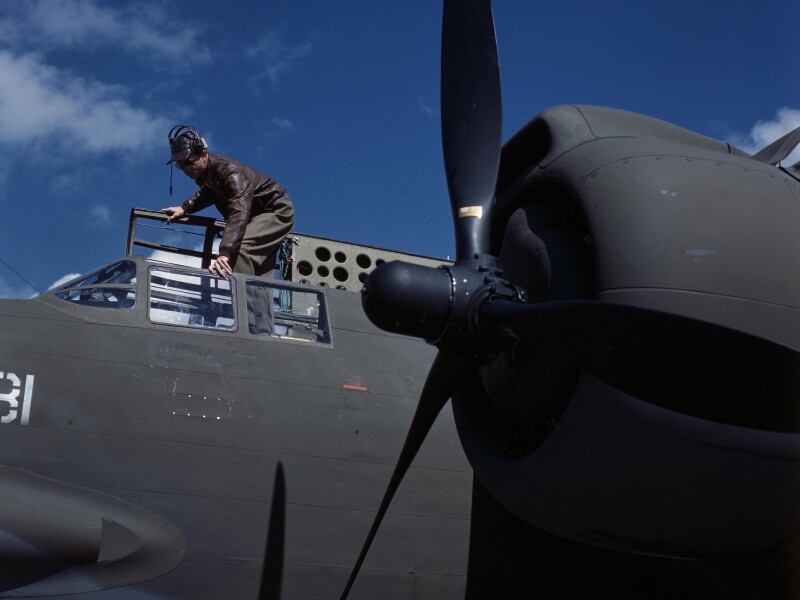-
Library
- Photos
- Documents
-
Geography
- Airfields
- Areas
-
Aviation
- Aircraft
- Engines
-
Weapons
- Guns
- Rockets
- Torpedoes
-
Avionics
- Radio
- Radar
- IFF
- Radar Detectors
- Jammers
- Navigation Devices
-
Unit Database
- Allied Units
- Axis Units
-
Pilot Database
- Pilots
- Victory Claims
- Torpedo Attacks
Douglas A-20 Images
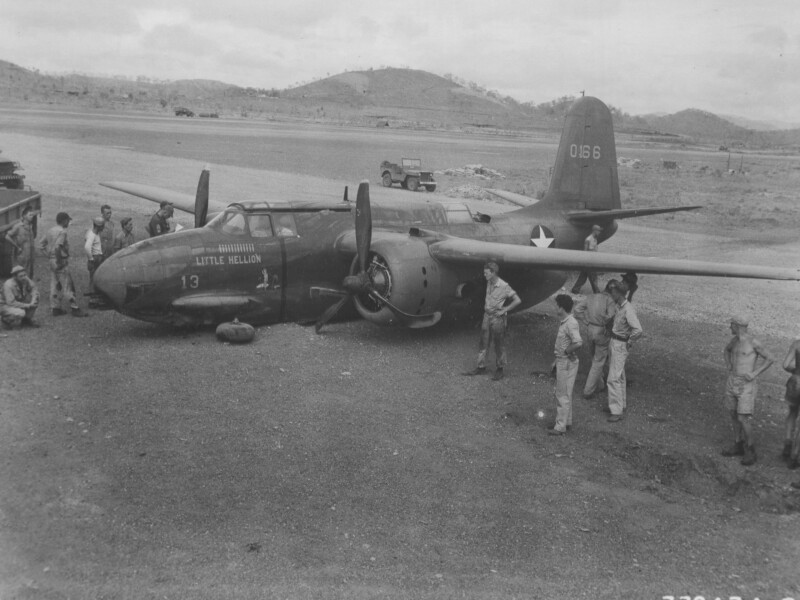
The Douglas A-20 "Little Hellion #13" of the 89th Bomb Squadron, 3rd Attack Group, which crash landed at an air base near Port Moresby, Papua, New Guinea. 1 November 1942.
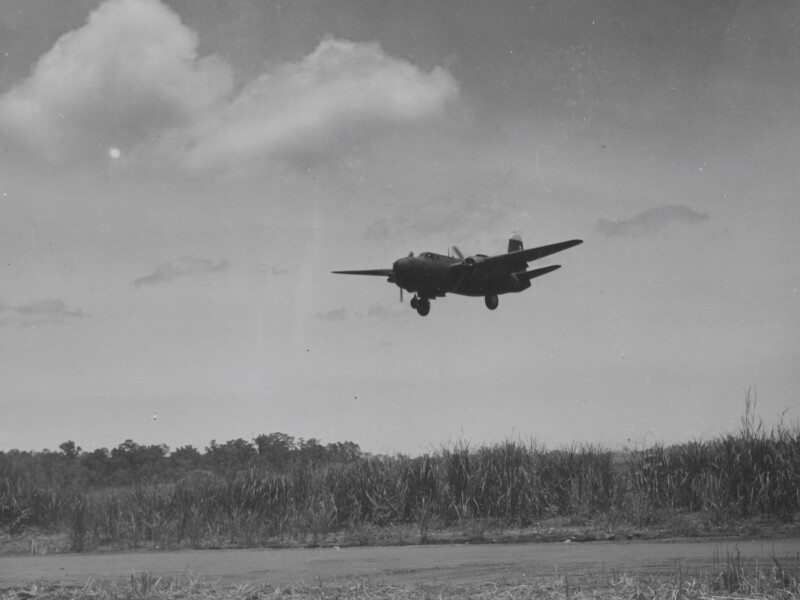
A Douglas A-20 comes in for landing at an airstrip at Dobodura, New Guinea. 8 January 1944.
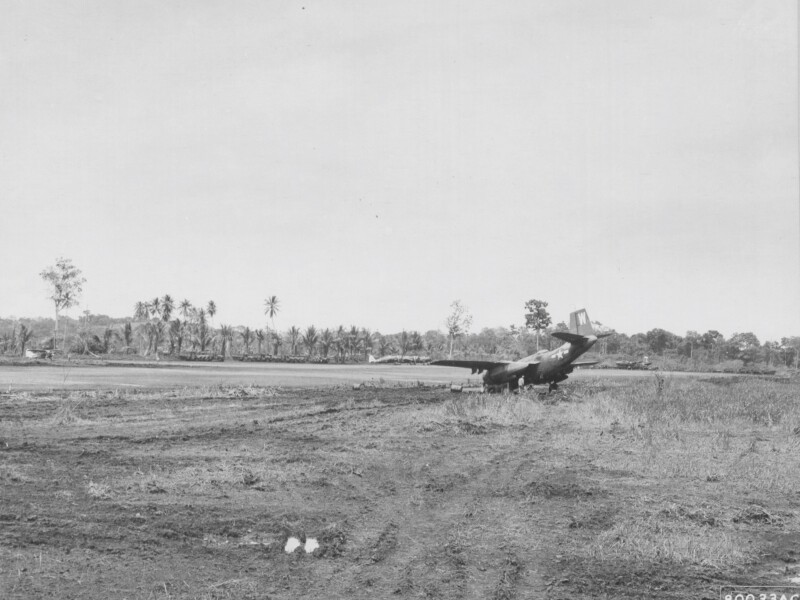
This crashed Douglas A-20 stands forlornly on its nose at an airstrip at Saidor, New Guinea. 8 February 1944.
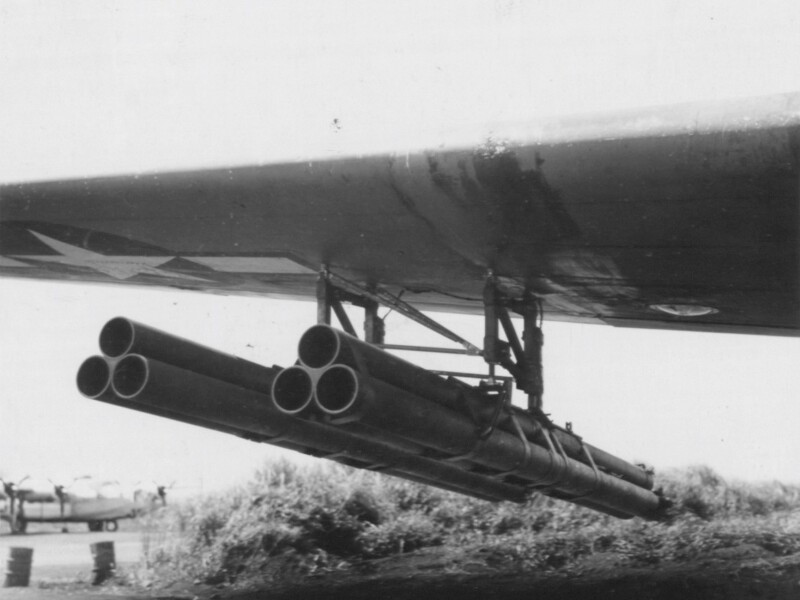
Front view of projectile, HE 4.5 inch, M8, T-30, Rocket aircraft. Mounted on A-20.
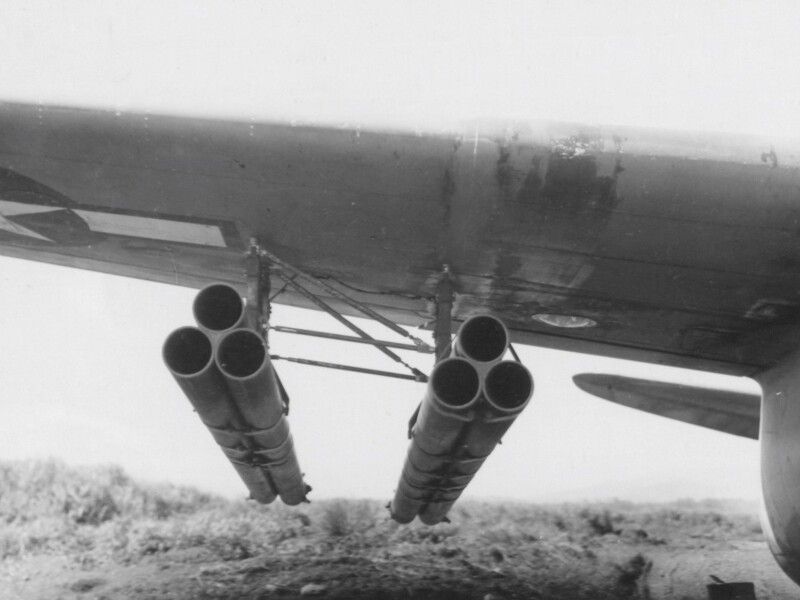
Front view of projectile, HE 4.5 inch M8, T-30, Rocket, aircraft. Mounted on under-side of A-20 wing
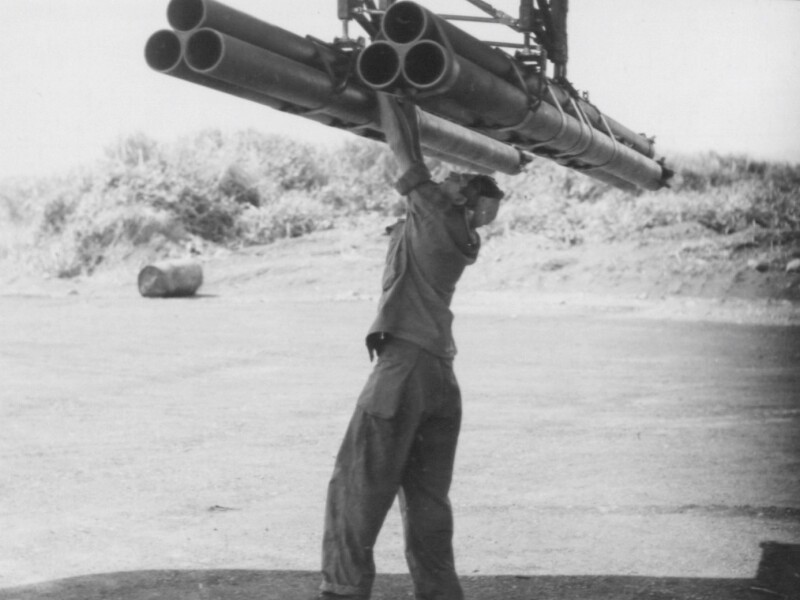
Projectile, HE 4.5 inch, M8, T-30 Rocket, aircraft-mounted under wing of A-20.

Four Jap ships were caught thus at Manokwari, New Guinea by Douglas A-20s, streaking in, mast-high. Note one A-20, upper left. (Taken 9 June 1944)
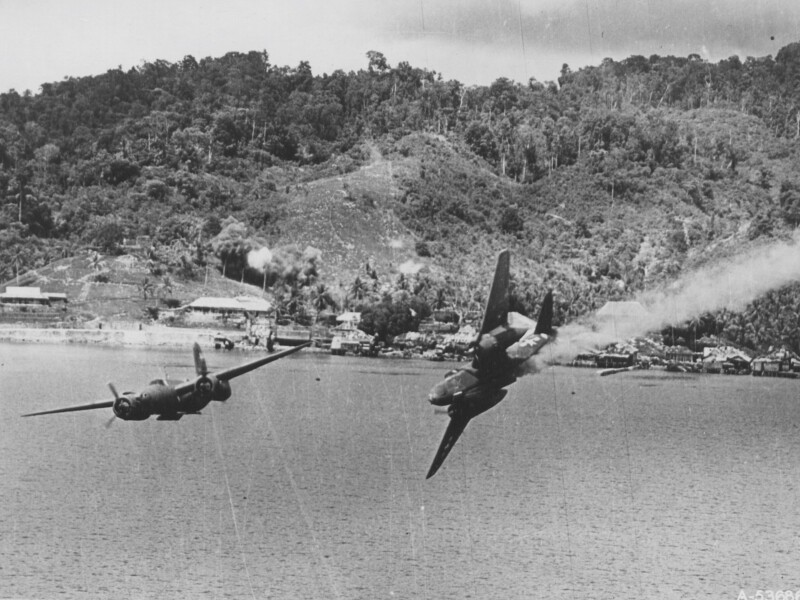
Karas, Dutch New Guinea - one Douglas A-20 Havoc is caught by Jap flak, swerves out of control.

Karas, Dutch New Guinea - Douglas A-20 Havoc dives to its doom, disappears in smoke and spray.
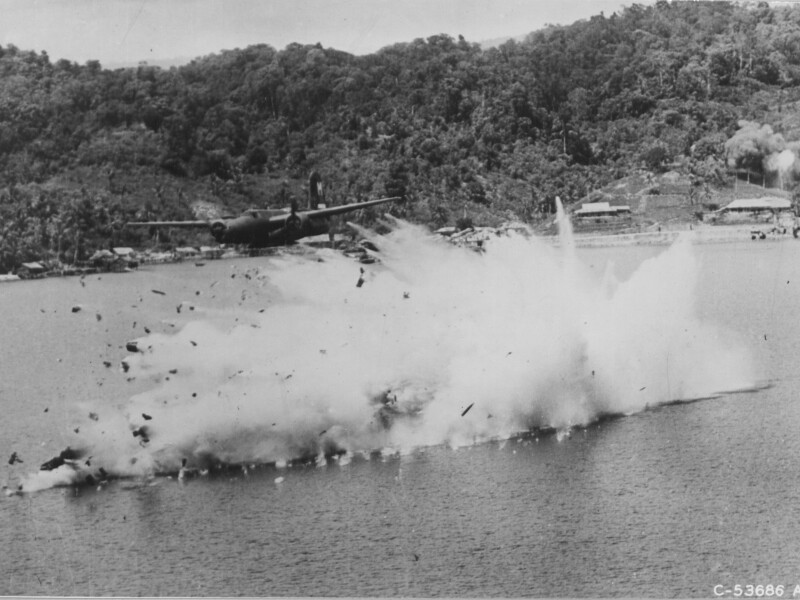
Karas, Dutch New Guinea - Douglas A-20 Havoc dives to its doom, disappears in smoke and spray
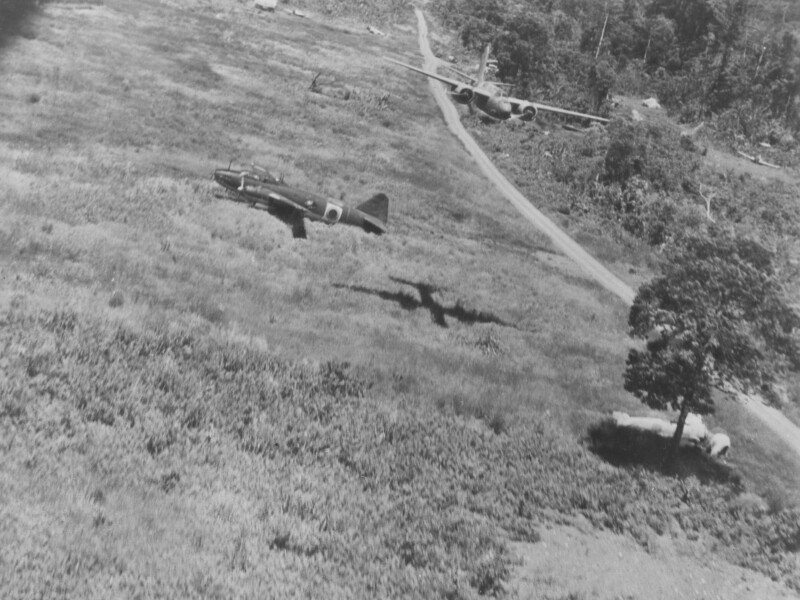
This dramatic aerial photograph, made from a US Army Air Forces plane flying a mere hundred feet above ground at Lae, New Guinea, shows a A-20 skimming a road in a strafing attack on Jap planes. It has just passed over a disabled enemy bomber. Under the tree,
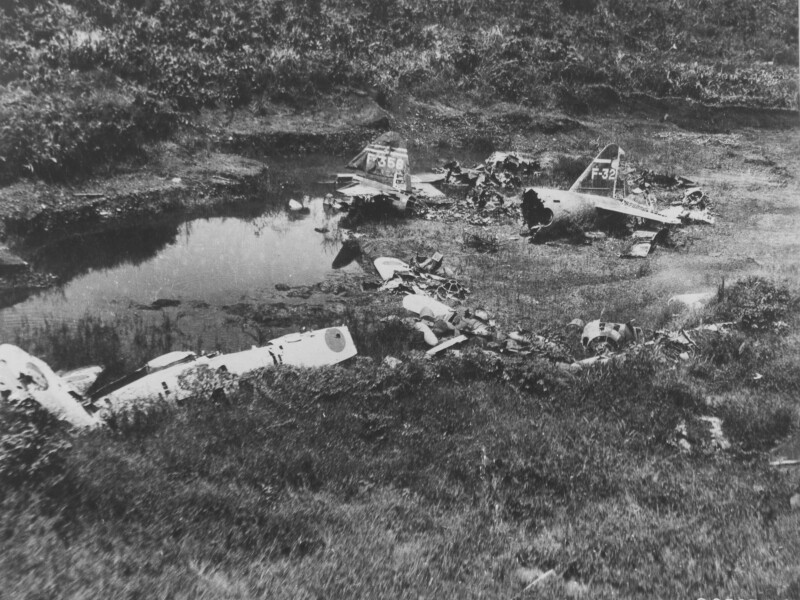
A U.S. Army Air Forces A-20 attack plane pilot swooped down to within 60 feet of the ground to get this aerial view of smashed enemy planes at Lae, New Guinea. More than 50 Japanese planes, destroyed by allied bombing and strafing raids, littered the airfield.
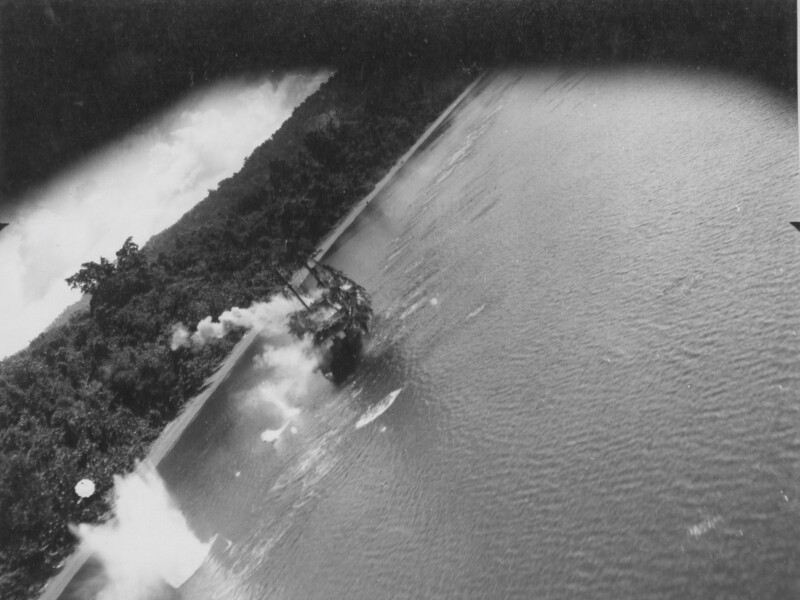
Smoke Begins To Pour From This Japanese Ship As Manokwari, Dutch New Guinea After Planes Of The 5Th Air Force 3Rd Bombardment Group, 90Th Bombardment Squadron Flew In At Minimum Altitude To Deliver Their Parachute Bombs During A Mission On June 9, 1944.
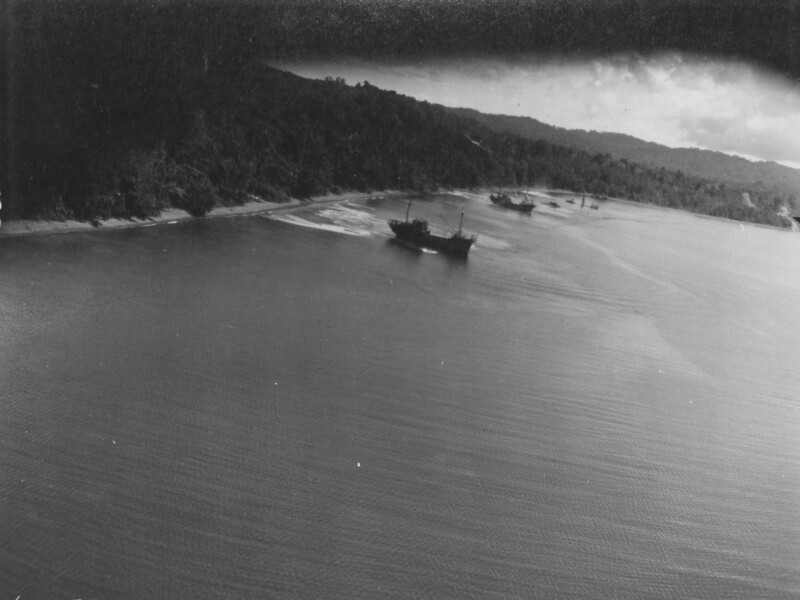
A Douglas A-20 of the 5th Air Force's 3rd Bombardment Group, 90th Bombardment Squadron flies mast-high over Japanese ships at Manokwari, Dutch New Guinea during an attack on June 9, 1944.
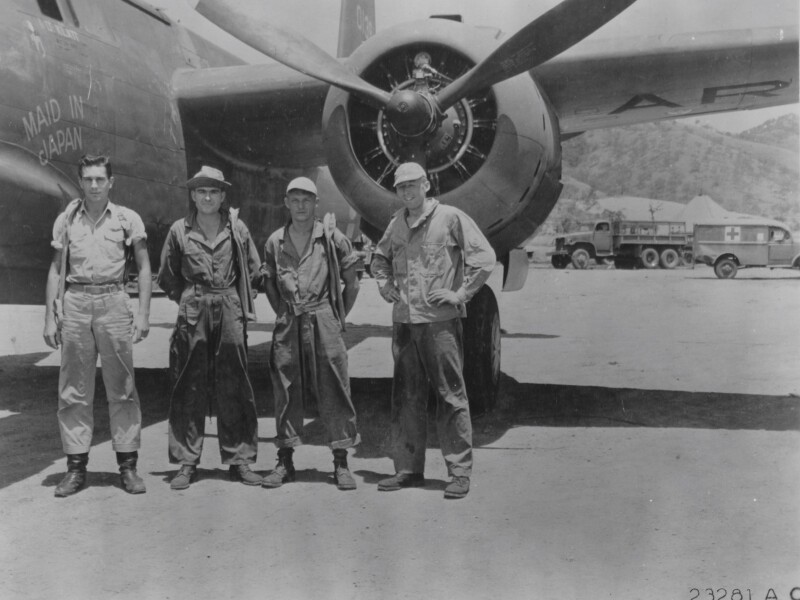
In some 180 missions against the Japanese, the light bomb squadron to which these Airmen belong has relentlessly attacked shipping, ground forces, supplies and enemy aircraft with bomb and machine gun. Flying Douglas A-20s the squadron destroyed 17 grounded Ja
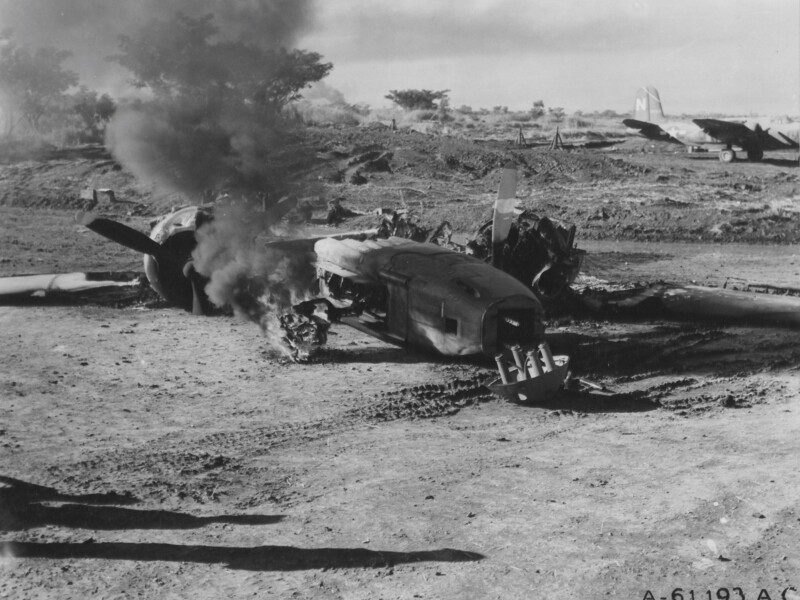
Second Douglas A-20 "Havoc" burned from direct hits during bombing raid on Mindoro Island, Philippine Islands. 21 December 1944.
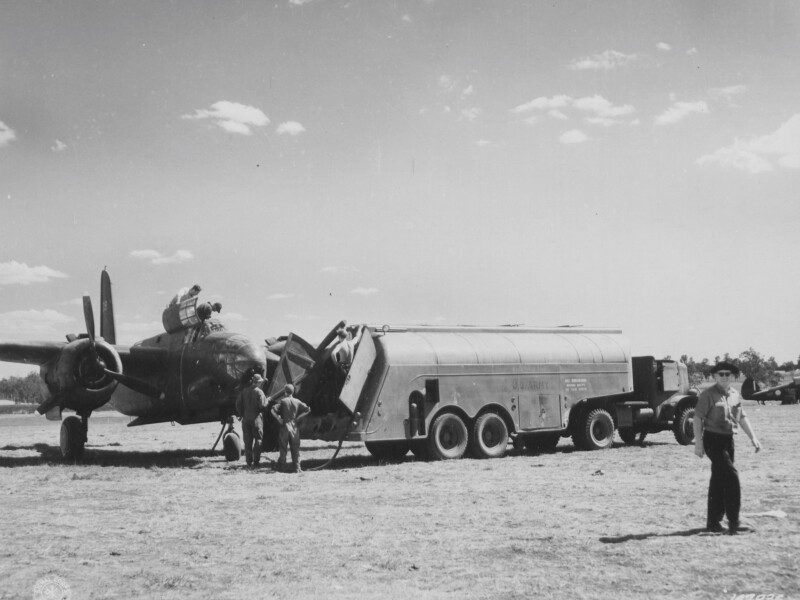
Douglas A-20 is fueled before taking off in test flight at a field somewhere in Australia. 7 October 1942.
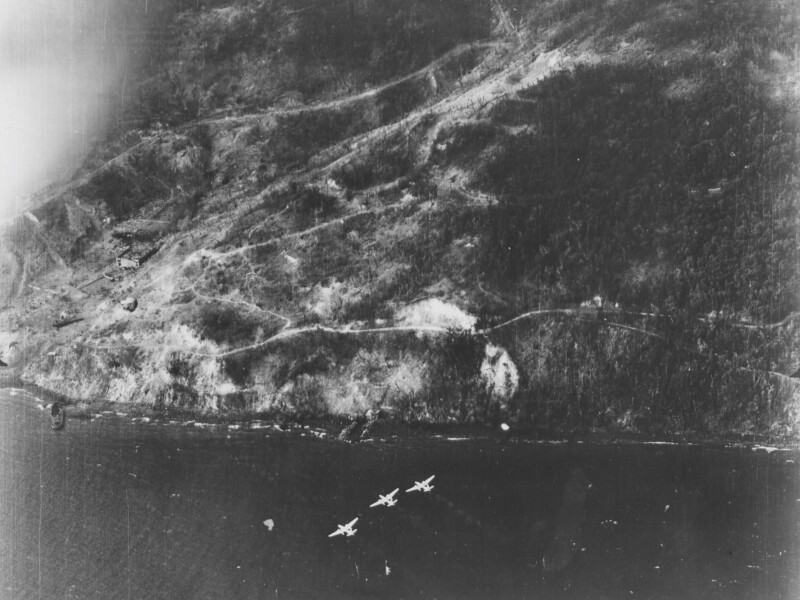
Douglas A-20's head for targets on Corregidor while the invasion is under way. These planes later worked "on call" from ground troops.

Five of the twenty-two Douglas A-20 "Havoc's" which attacked enemy positions in the Cabarun Hills come in low over the target. Luzon Island, Philippine Islands, February 1945.
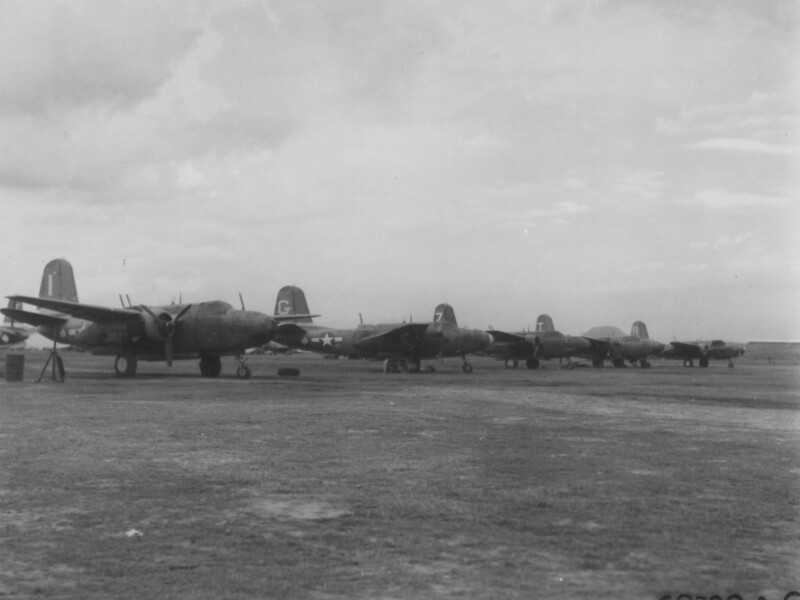
A-20 'Havocs' Of The 312Th Bomb Group Lined Up At Florida Blanca Airstrip, Luzon, Philippine Islands.
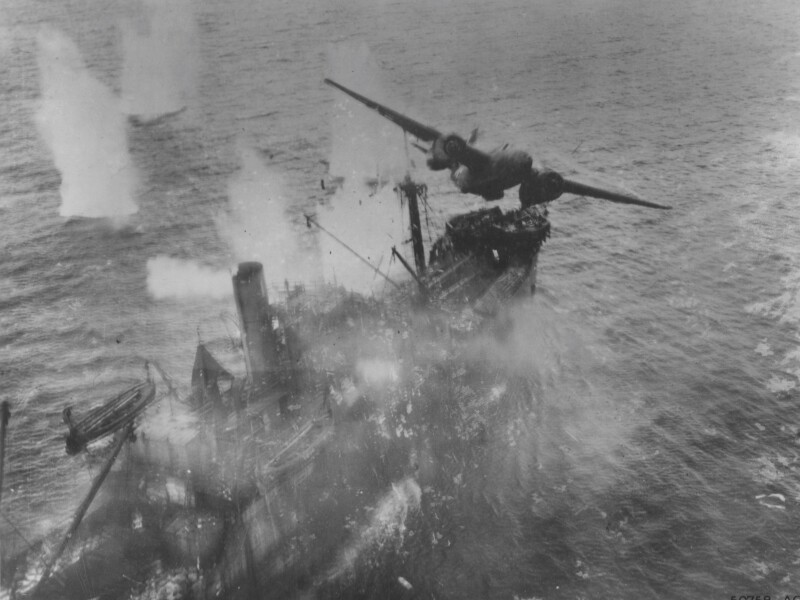
An A-20 skip bombing a freighter. Four splashes can be seen, two the bombs having been dropped from the airplane in front which is taking the picture, and the other two by the plane just clearing the ship.
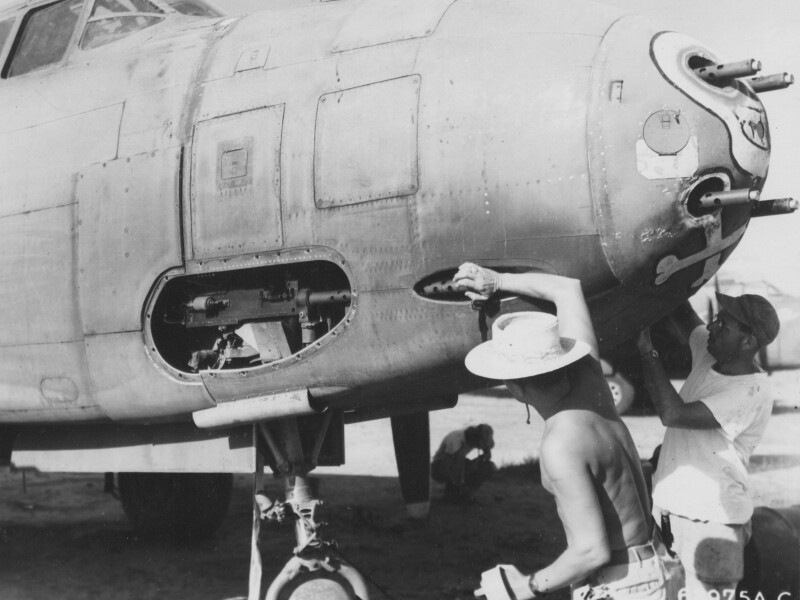
Armorers put tape on the ends of the barrels of .50 cal side guns on a Douglas A-20; this is done to prevent dust from collecting in the barrels after they have been cleaned. The tape is removed just before the plane takes off on a mission.


